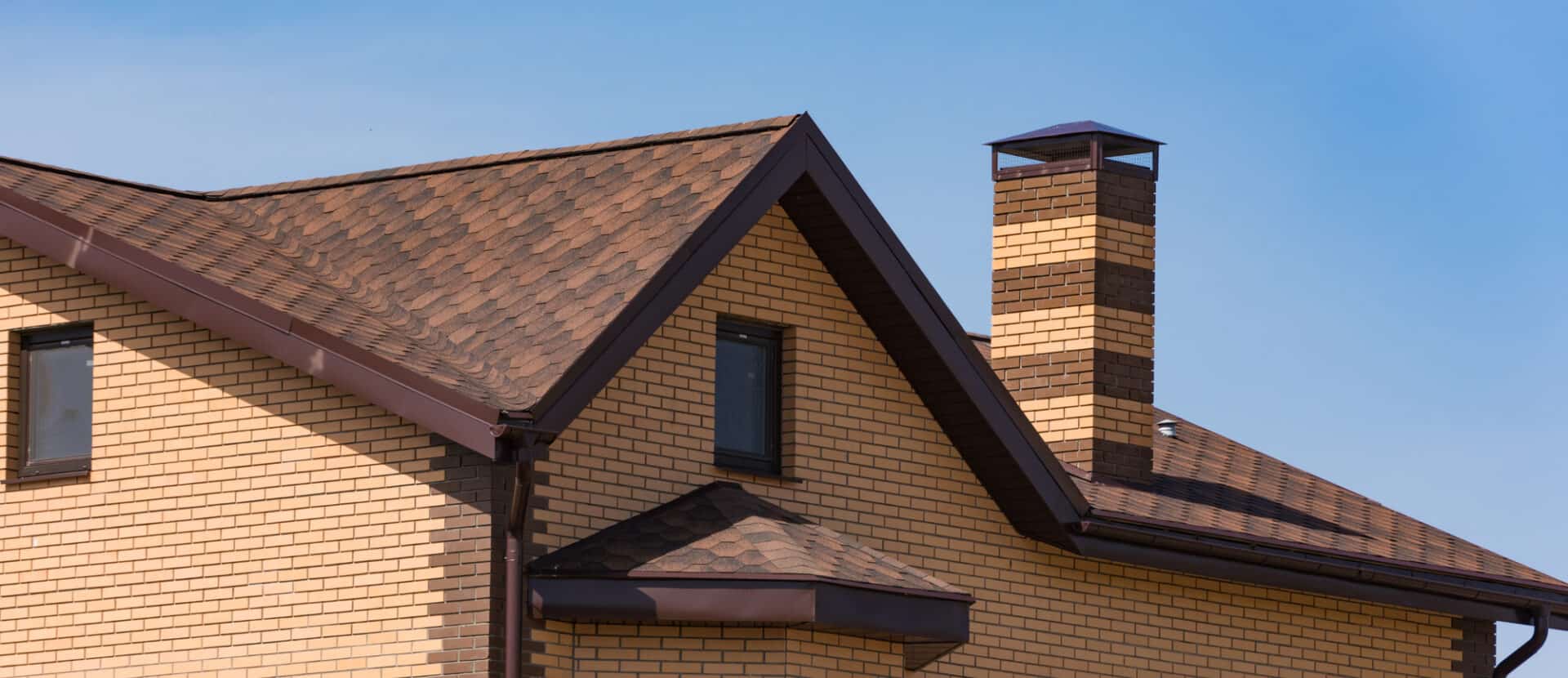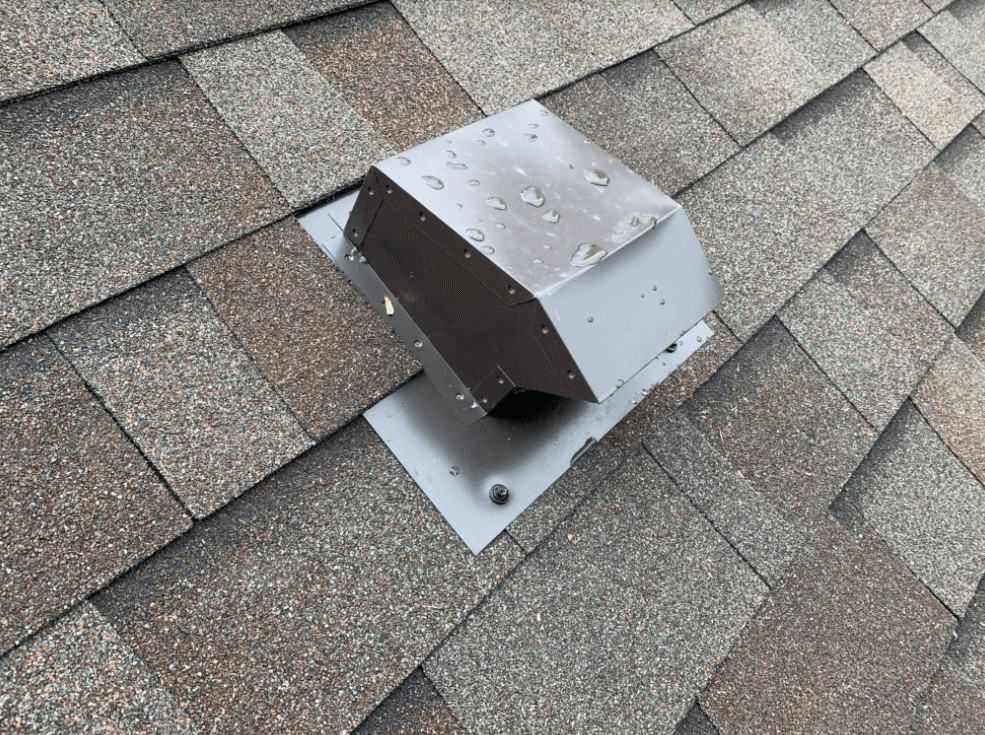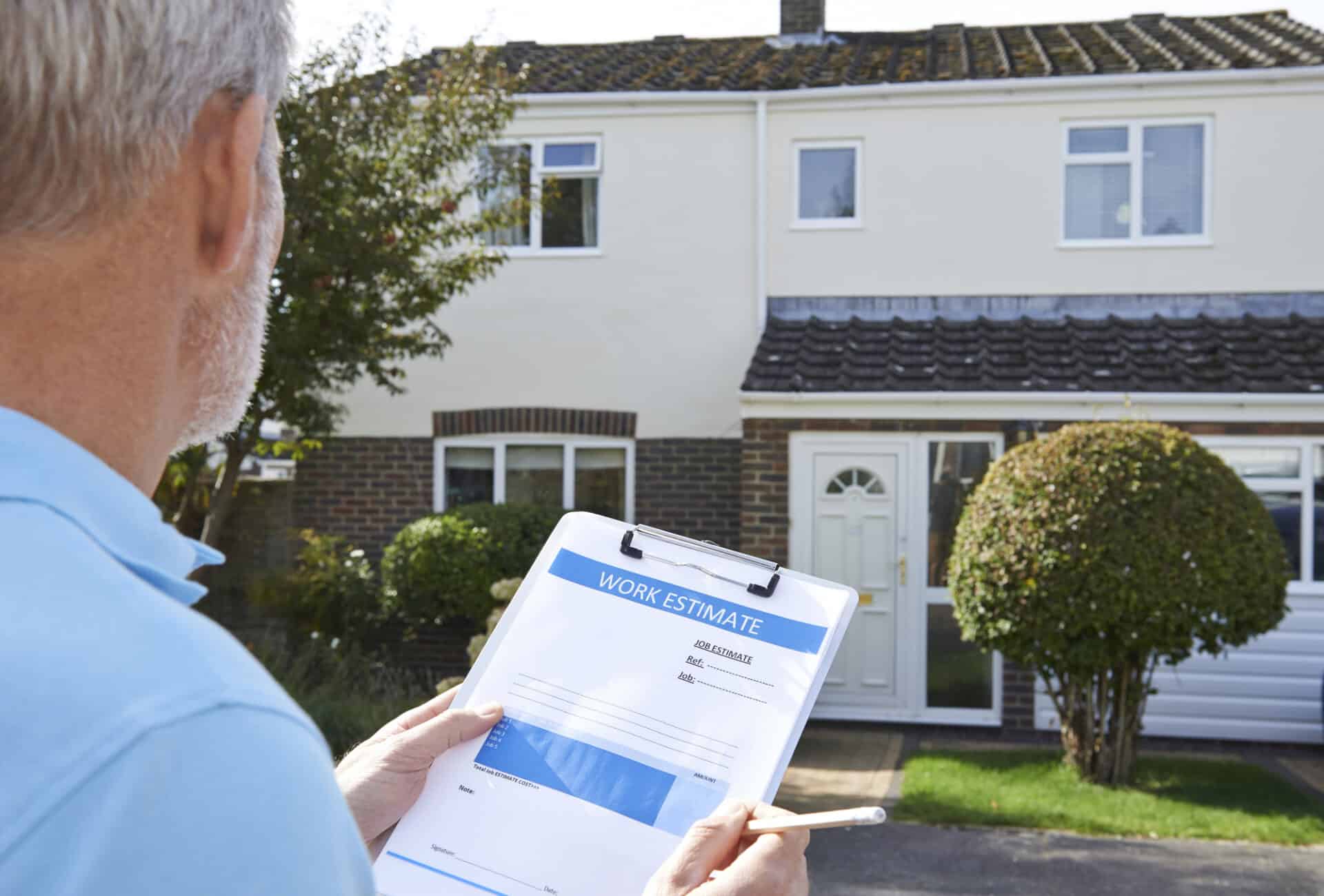Today I want to explain how to prevent ice dams from forming. If an ice dam forms on your roof in the winter, it can cause water to back up under your shingles and start flowing into your home. This can potentially cause $100’s or $1000’s worth of damage to the interior of your home. Water that gets inside your home can destroy drywall, ruin carpet, promote mold/mildew growth, rot out wood, and even damage personal belongings like art, photos, and furniture.
Thankfully, ice dams aren’t a common occurrence, as weather conditions have to be just right for them to form, and the roof underneath is not properly installed to mitigate the incoming water. All it takes is 1 ice dam to do severe damage though, so you must know how to prevent ice dams from forming so it’s never a problem for you. Here are 3 ways to prevent ice dams from forming and damaging your home.
How To Prevent Ice Dams From Forming By Removing Roof Snow
The first way to prevent ice dams is by proper maintenance during the winter season. Ice dams form when there is a lot of snow on your roof, and the heat from your house melts the bottom layer of that snow and causes it to run down the roof. When it hits the eaves, where there is less heat, the water will freeze and start building up, forming an ice dam.
One way to prevent this is to remove your roof snow whenever there’s 1 foot or more. This can prevent the whole process from beginning and/or getting worse. There are other benefits to removing roof snow early and often, too; check out this article to see what damage roof snow can cause.
New Heights Roofing does roof snow removal in Post Falls, Coeur d’Alene, Spokane, and the surrounding areas. If you’re concerned about ice dams, call (208) 487-6617 to get your questions answered.
The next 2 ways to prevent ice dams are things a good roofing contractor will take care of when you have a new roof installed.
How To Prevent Ice Dams From Forming With Proper Ventilation
It’s very important that your home’s attic is properly ventilated. If your roof does not have enough attic ventilation, both intake and exhaust, heat from your home will build up in your attic. As I mentioned above, if you have snow on your roof the heat from your attic will warm up the shingles on your roof and melt the bottom layer of snow. Letting it run to the eaves and refreeze, creating an ice dam.
With proper ventilation, however, the heat in your attic will be vented out, keeping the surface of your roof much cooler. This will prevent the snow from melting as fast, slowing down the formation of ice dams on the eaves.
The 2009 Building Code requires a roof to have 1 sq. ft. of attic venting for every 300 sq ft of attic floor space. It’s best to have a 50/50 split between intake vents (usually in the soffits) and exhaust vents (either roof louvers, ridgevent, or other roof venting). While this is the minimum, studies have shown that doubling the ventilation in your roof to 1:150 can lower the attic temperature by 150% more than the minimum requirements.
We recommend getting as close to the 1:150 venting ratio as possible to prevent ice dams from becoming a problem for you. It also has the added benefit of keeping your attic temperature lower in the summer, keeping your home cooler, and lowering your energy bill. Keeping soffit vents clear or insulation is vital to be sure your attic is being properly vented.
How To Prevent Ice Dams From Damaging Your Home With Ice Shield
Even if you take all the precautions necessary to prevent ice dams from forming, if the conditions are perfect you may still get ice damming on your roof. If that ever happens, then you’ll want to be protected from any water that finds its way under your shingles. The best way to protect your home if ice dams do happen to form is with a high-quality “Ice Shield” underlayment (also known as Waterproof Shingle Underlayment or WSU).
The 2009 Building Code requires that this ice shield be applied on the roof of all homes “In areas where there has been a history of ice forming along the eaves causing a backup of water.” Since we do work in North Idaho and Eastern Washington, all the homes we work on need it. It is required that the ice shield be installed from the eaves up to 24″ inside the exterior wall. Again, this is the minimum, and we suggest going a bit above to make sure you’re fully protected.
While there are many brands of ice shields available at a wide range of prices, we highly recommend investing a little more and going with a higher-quality ice shield. As I said above, ice dams don’t happen very often, but if it’s ever a problem for your home, you’ll want to be sure you’re protected. The cheaper brands of ice shields skimp on the amount of asphalt in the product and will not adhere to the roof deck or seal around the nails holding the shingles nearby as well.
Contact Us Today To Remove Ice Dams From Your Roof
To be sure your home is protected in the harsh winters we get around here, take these steps to prevent ice dams from damaging your home. It’s up to you to keep snow from piling up on your roof. It’s also up to you to hire a roofing contractor that you’re confident will take the necessary steps to ensure you have a well-ventilated attic and a high-quality ice shield installed.




